Increased Home Value
The Bath Remodeling Market is experiencing a surge in demand as homeowners recognize the potential for increased property value through bathroom renovations. According to recent data, a well-executed bathroom remodel can yield a return on investment of approximately 70 to 80%. This financial incentive drives homeowners to invest in modernizing their bathrooms, enhancing both aesthetics and functionality. As the real estate market remains competitive, the appeal of updated bathrooms becomes a crucial factor for prospective buyers. Consequently, the Bath Remodeling Market is likely to see sustained growth as more homeowners prioritize renovations that not only improve their living spaces but also contribute to long-term financial benefits.
Health and Wellness Trends
The Bath Remodeling Market is increasingly influenced by the growing emphasis on health and wellness among consumers. Homeowners are now seeking bathroom designs that promote relaxation and well-being, leading to a rise in spa-like features such as soaking tubs, rainfall showers, and improved lighting. This trend aligns with a broader societal shift towards self-care and mental health awareness. Data suggests that bathrooms designed with wellness in mind can enhance the overall quality of life, making them a focal point in home renovations. As a result, the Bath Remodeling Market is adapting to meet these evolving consumer preferences, potentially leading to innovative designs and products that cater to this demand.
Technological Advancements
The integration of smart technology into bathroom designs is a significant driver in the Bath Remodeling Market. Homeowners are increasingly interested in features such as smart showers, automated lighting, and water-saving fixtures that enhance convenience and efficiency. The market for smart home technology is projected to grow substantially, with the bathroom being a key area for innovation. This trend not only appeals to tech-savvy consumers but also aligns with sustainability goals, as many smart devices are designed to reduce water and energy consumption. Consequently, the Bath Remodeling Market is likely to see a rise in demand for technologically advanced products that offer both luxury and practicality.
Aging Population and Accessibility Needs
The Bath Remodeling Market is significantly impacted by the aging population, which is driving demand for accessible bathroom designs. As more individuals seek to age in place, there is a growing need for features that enhance safety and accessibility, such as grab bars, walk-in tubs, and non-slip flooring. This demographic shift presents a unique opportunity for the Bath Remodeling Market to cater to the specific needs of older adults. Data suggests that a substantial portion of home renovations is now focused on creating age-friendly environments, indicating a potential growth area for contractors and designers. As the population continues to age, the demand for accessible bathroom solutions is likely to increase.
Sustainability and Eco-Friendly Materials
The Bath Remodeling Market is witnessing a shift towards sustainability, with consumers increasingly prioritizing eco-friendly materials and practices in their renovation projects. This trend is driven by a growing awareness of environmental issues and a desire to reduce carbon footprints. Homeowners are opting for sustainable materials such as recycled tiles, low-flow fixtures, and energy-efficient lighting. Data indicates that the demand for eco-friendly products in home renovations is on the rise, suggesting that the Bath Remodeling Market must adapt to these preferences. As sustainability becomes a key consideration, manufacturers and contractors are likely to innovate and offer more environmentally responsible options to meet consumer expectations.



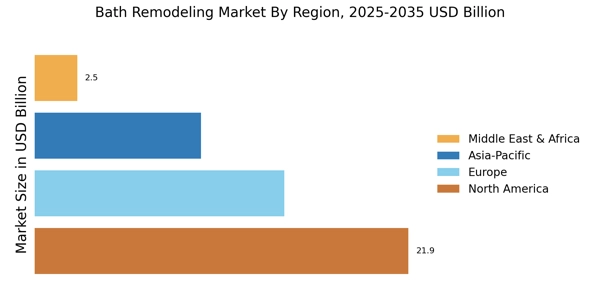
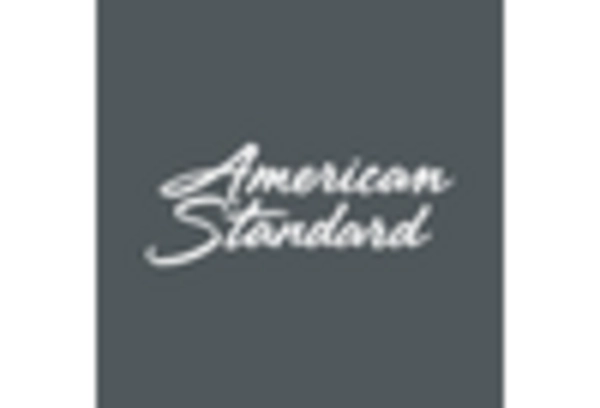

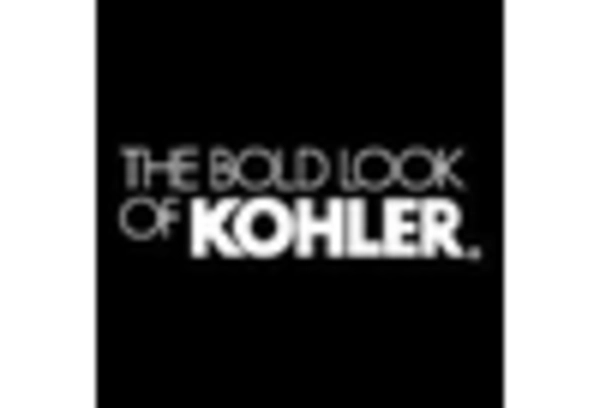
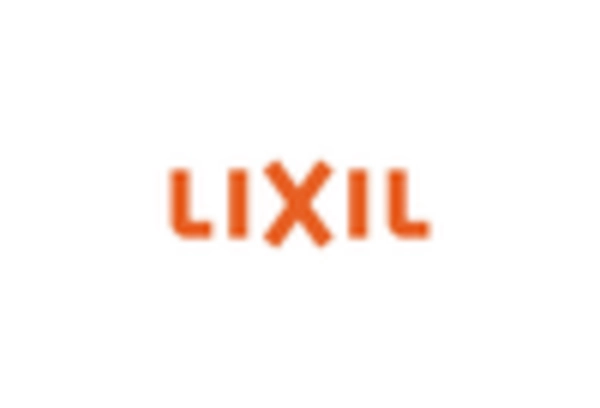
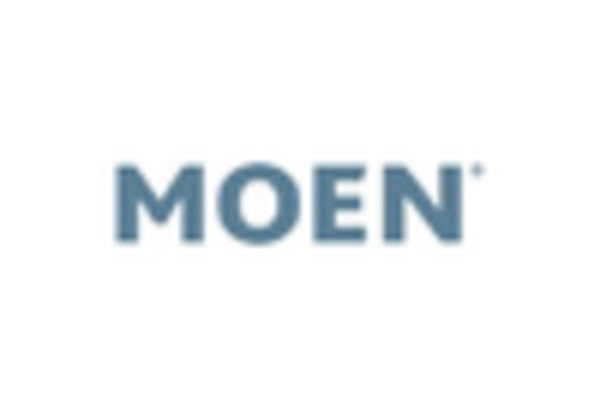









Leave a Comment